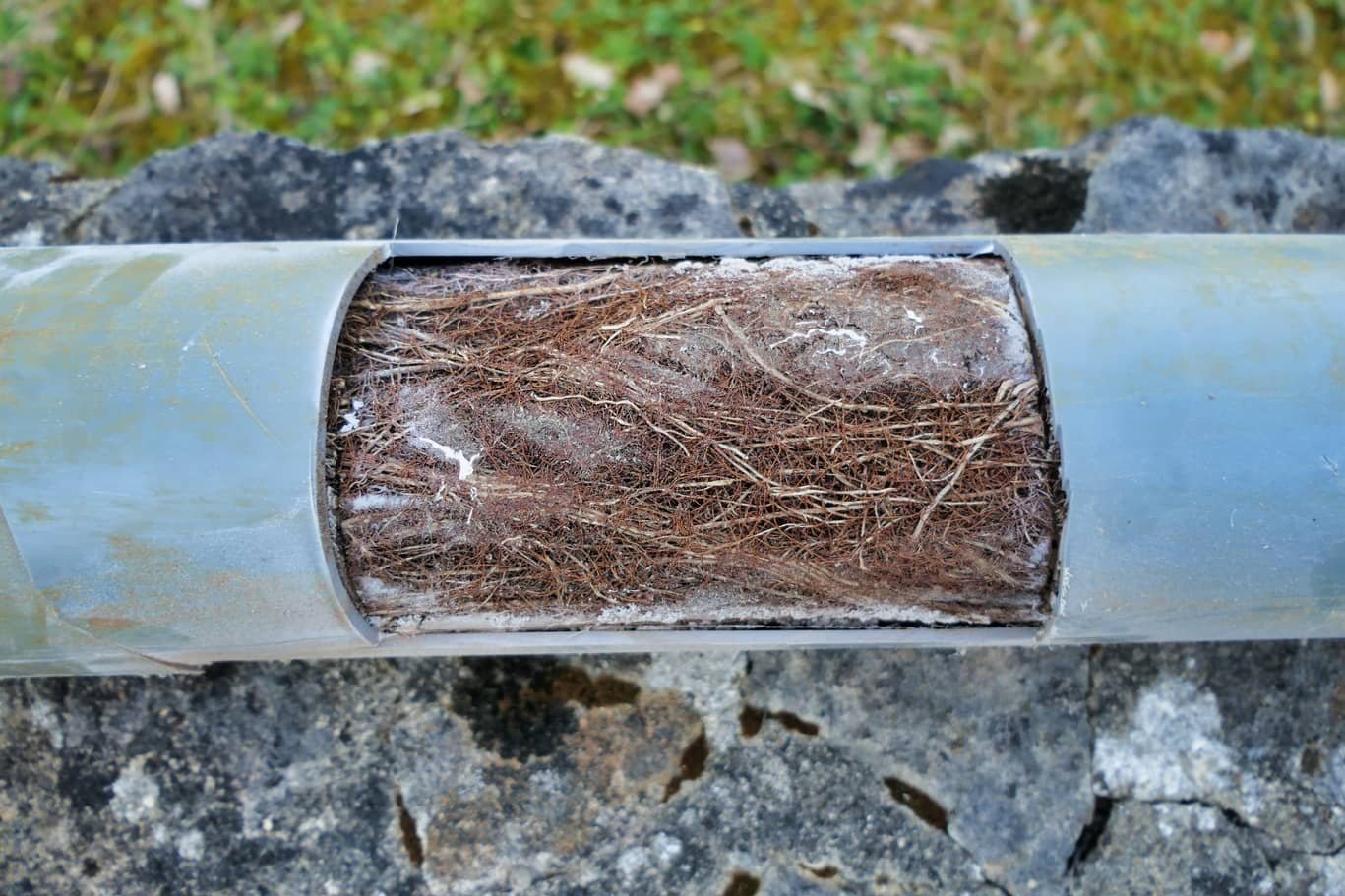Understanding Tree Roots in Sewer Lines: What Kills Them and How to Prevent It
Tree roots growing into sewer lines is a common and troublesome issue that can wreak havoc on your plumbing system. When left untreated, these intrusive roots can lead to costly repairs and even damage to your property. In this blog post, we will explore what causes tree roots to invade sewer lines and discuss effective ways to prevent and eliminate this problem.
Why Do Tree Roots Invade Sewer Lines?
Tree roots are naturally drawn to sewer lines for several reasons:
Seek Nutrients and Water: Tree roots are constantly searching for sources of water and nutrients, and sewer lines are an attractive target because they contain organic matter and moisture.
Condensation and Cracks: Tiny condensation and cracks in sewer pipes release moisture and odor, which further attracts tree roots.
Warmth: Sewer lines are typically warmer than the surrounding soil, making them appealing to tree roots, especially during cold weather.
What Kills Tree Roots in Sewer Lines?
When it comes to dealing with tree roots in sewer lines, there are several methods to consider:
Chemical Root Killers: Chemical root killers can temporarily alleviate the problem. These copper sulfate or foaming herbicide products can kill tree roots, but they are not a long-term solution. They may harm the tree itself and can be detrimental to the environment.
Mechanical Root Removal: Mechanical root removal involves using augers, rodding, or jetting equipment to cut and remove tree roots from the pipes. While this method can provide a temporary fix, roots can grow back over time.
Hydro Jetting: Hydro jetting is a more effective method for clearing tree roots. High-pressure water is used to remove the roots and clean the inside of the pipes, making it harder for roots to regrow.
Pipe Relining: In cases of extensive root intrusion or damaged pipes, pipe relining can be a long-term solution. This involves installing a new, durable lining inside the existing pipe, sealing off cracks and preventing root intrusion.
Replacement: In severe cases where pipes are extensively damaged by tree roots or other factors, pipe replacement may be necessary. This can be costly but is often the most effective long-term solution.
Preventing Tree Roots in Sewer Lines
Preventing tree roots from invading your sewer lines is the best approach. Here are some tips to help you keep your plumbing system root-free:
Choose Wisely: When planting trees on your property, select species with less invasive root systems.
Maintain a Safe Distance: Ensure that trees are planted a safe distance from sewer lines to prevent roots from reaching the pipes.
Regular Inspections: Schedule regular sewer line inspections to catch root intrusion early and take preventive measures.
Root Barriers: Install physical or chemical root barriers in the soil around your sewer lines to deter root growth.
Professional Maintenance: Consult with a professional plumber to discuss root prevention measures and to maintain your sewer lines properly.
Conclusion
Tree roots invading sewer lines can be a significant plumbing issue, causing blockages, leaks, and costly repairs. While there are methods to remove roots from pipes, the best strategy is to prevent them from infiltrating your sewer system in the first place. By taking the necessary precautions and seeking professional advice, you can avoid the hassle and expense of dealing with tree roots in your sewer lines.
Learn more about how the fall rain affects tree roots and sewer lines check out our other blog on the topic Fall Rain And Swelling Tree Roots.

